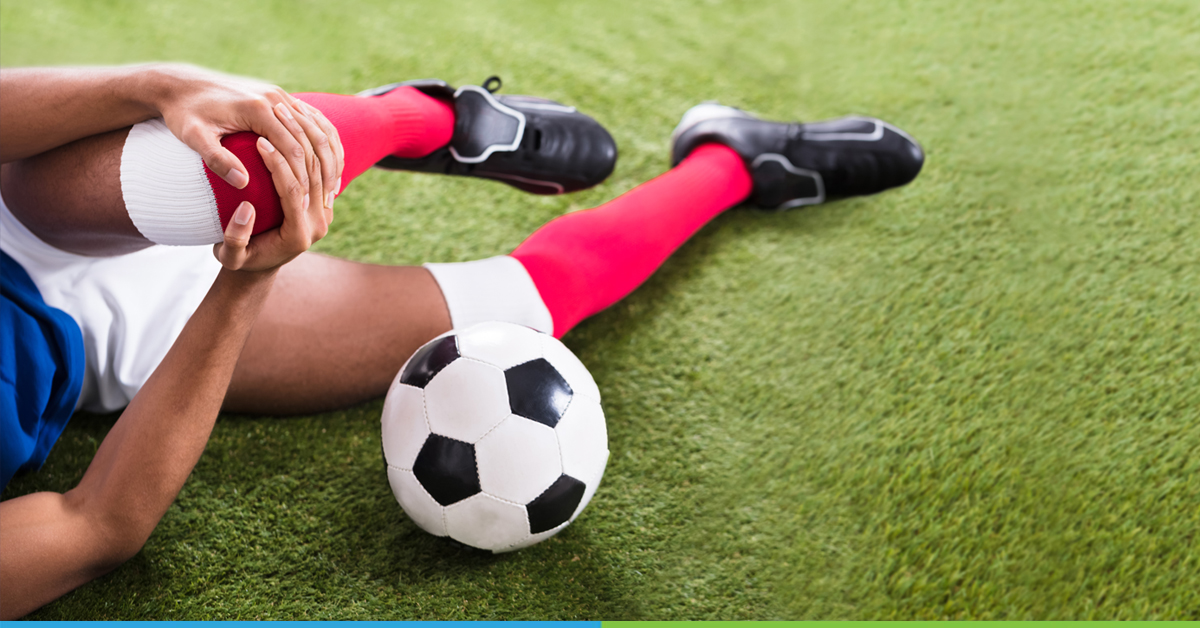Common Sports Injuries: Symptoms, Prevention & Treatment

Sports are a fun alternative to keep ourselves fit & active. But it’s equally important to be aware of some of the sports injuries that can strike while playing a sport. Depending on how intense the injury is, we can treat some minor injuries at home while others require physical therapy and surgery. However, staying informed about the numerous sports injuries, causes, and the techniques to avoid them will help you prevent these injuries from happening.
What is a sports injury?
Injuries sustained while participating in sports or exercising are known as sports injuries. These injuries occur because of several reasons, such as inadequate training practices, applying forces stronger than a body part’s endurance capacity or an accident while playing a sport or doing an exercise.
Now, let’s understand some common types of sports injuries:
Tennis Elbow
The tennis elbow is an irritation of the tissue that connects the forearm muscles to the elbow. It usually occurs on the outside of the elbow and sometimes in the forearm and wrist because of inappropriate wrist movements
However, it doesn’t happen to the athletes only. Plumbers, painters, carpenters and butchers, and other people with jobs involving repeated movements can also develop tennis elbow.
Commonly affected age group:
Tennis elbow can occur in people in the age group of 30-60 years. However, people of any other age group with risk factors can also develop the injury.
Symptoms:
- Recurring pain on the outside of the upper forearm, just below the bend of the elbow
- inability to lift a weight with the limb.
- Weak grip strength
Prevention:
- Proper warm-up and stretching
- Maintaining proper form when lifting heavy objects
- Avoiding repetitive strains and taking adequate breaks
- Doing forearm exercises regularly
Hamstring Strain
The term “hamstring” refers to the group of 3 muscles that run along the back of our thighs, from our hip to just below our knees. When one or more of these muscles gets stretched too far and tear, hamstring strain or pulled hamstring occurs.
Sometimes, hamstring strains can be mild with a short recovery time but they can also be severe and need surgery, taking a long time to recover from it.
Causes:
- Little or no warm-up before exercising
- Tight muscles in the front of the thigh pulling your pelvis forward tightening the hamstrings
- Weak glutes leading to overloaded hamstrings and straining further
- Muscle imbalances in the legs
- Poor technique of play or exercise.
Symptoms:
- Pain in the back of the thigh while bending or straightening the leg
- Tenderness, bruising, and swelling in the back of the thigh
- Long-lasting weakness in the leg after the injury
Prevention:
- Proper warm-up before any physical activity
- Keeping the muscles strong and flexible
- Increasing the duration and intensity of exercises slowly
- Stopping the activity immediately if pain occurs
Ankle Sprain
An ankle sprain occurs when the ankle gets twisted or turned awkwardly and it tears the ligaments that help hold the ankle bones together.
Causes:
- Walking or exercising on uneven ground
- Falling down
- Engaging in sports involving cutting and twisting actions of the feet, such as trail running, basketball, tennis, and football
- Someone stepping on the foot while running, causing the foot to twist or roll to the side
Symptoms:
- Pain around the ankle
- Swelling & bruising
- Limited movement
- An audible pop or click at the time of injury
Prevention:
- Warm-up before exercising or playing sports
- Walk/run carefully on uneven surfaces
- If your ankle is weak or injured, use a brace or tape to support it
- Ensure your shoes are comfortable and appropriate for your activities
- Avoid wearing high heels
- Avoid sports and activities you aren’t conditioned for
- Strengthen and maintain the flexibility of your muscles
- Engage in stability training and balance exercises
Ways to diagnose sports injuries
The diagnosis of acute and chronic sports injuries involves various technical and non-technical procedures, such as
- X-rays
- Magnetic resonance imaging (MRI)
- Ultrasound
- Computed tomography (CT) scans
Treatment methods
- R.I.C.E. treatment (Rest, Ice, Compress, Elevate)
- Medications
- Physical therapy
- Surgery
Monitor the injury or occurring symptoms of sports injuries and if you’re looking for the best expertise & advanced technology to treat any kind of sports injuries, we, at OMNI Hospitals are just a click away. Get in touch with the best-in-class doctors with years of experience & expertise to recover successfully.
MS (Ortho), FIJR, FIAS
Consultant Orthopaedic & Arthroscopy Surgeon
OMNI Hospitals, Visakhapatnam
To know more or book an appointment, click here: http://www.omnihospitals.in
